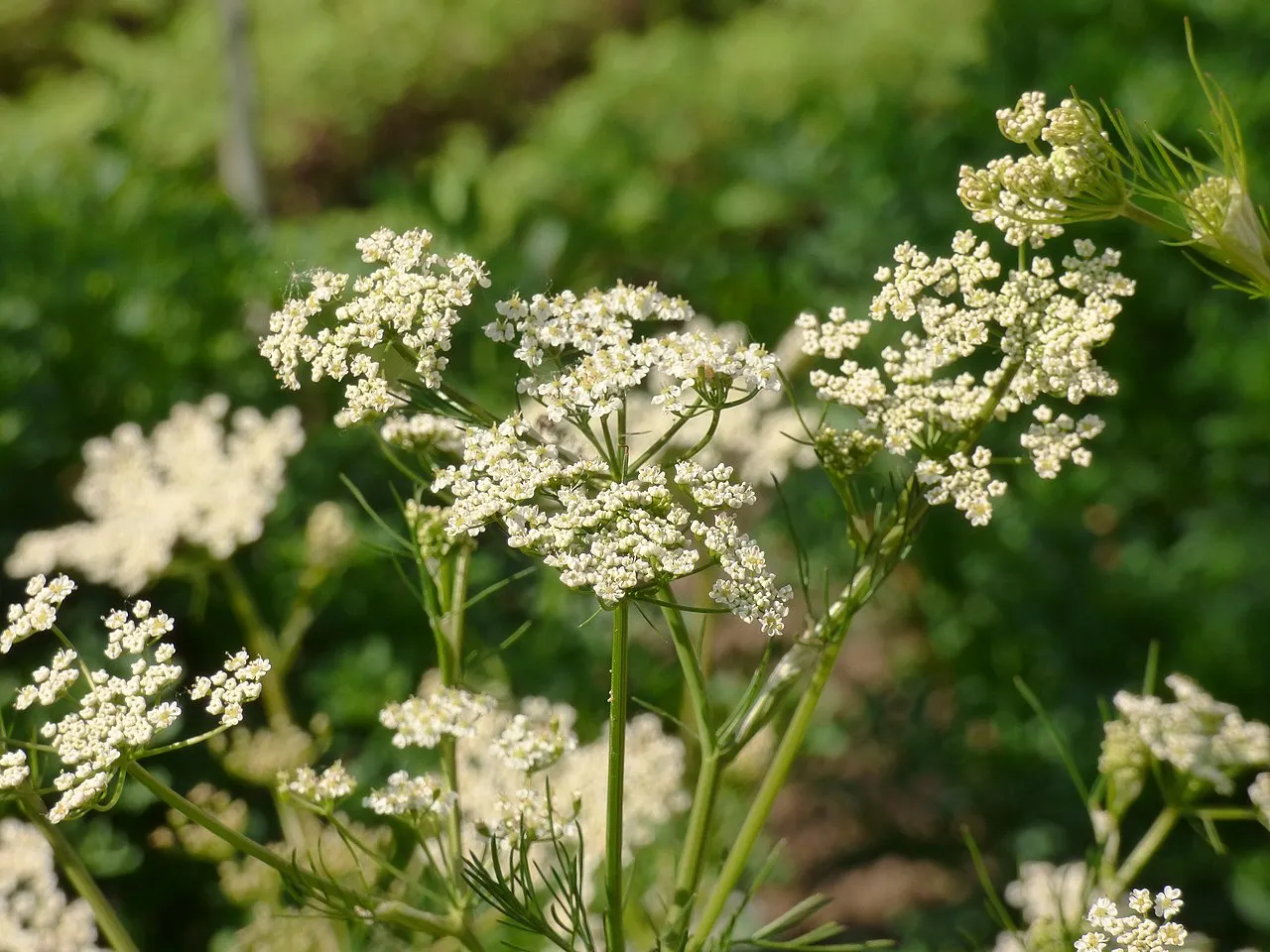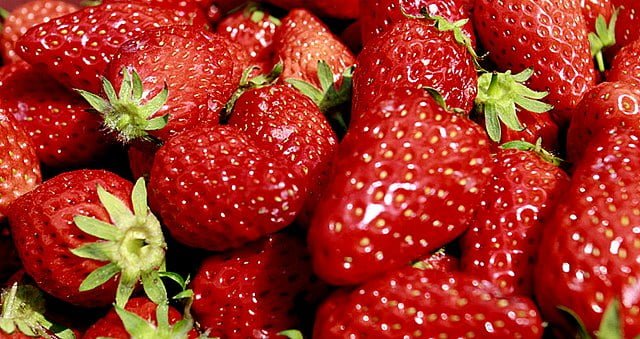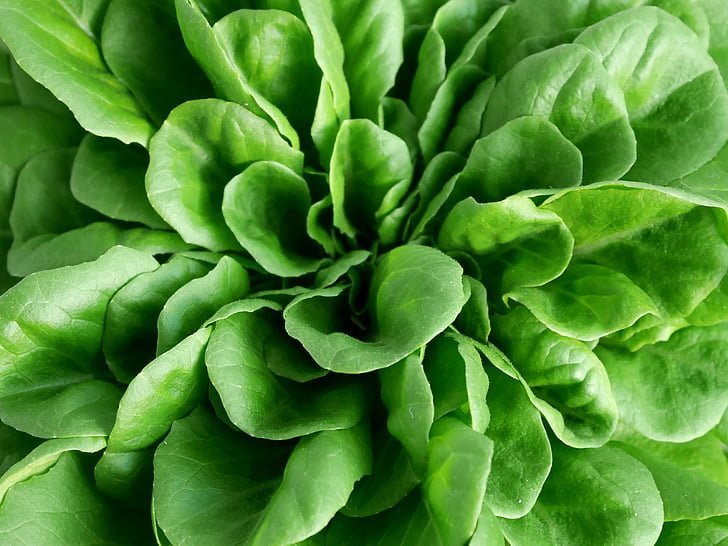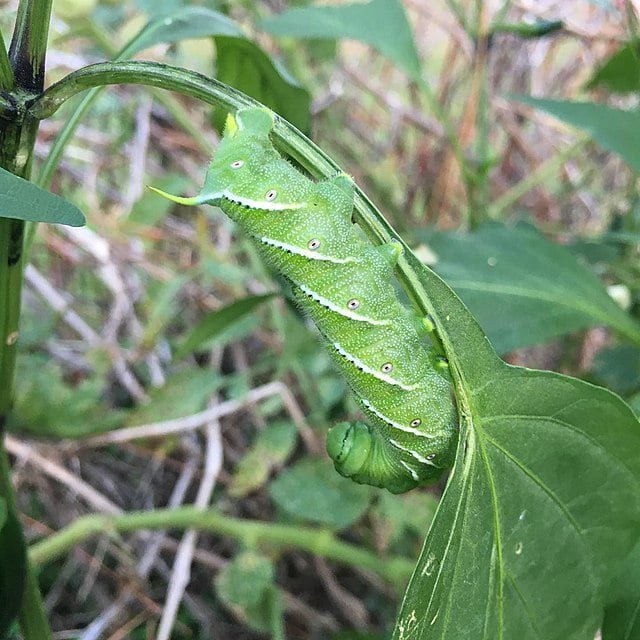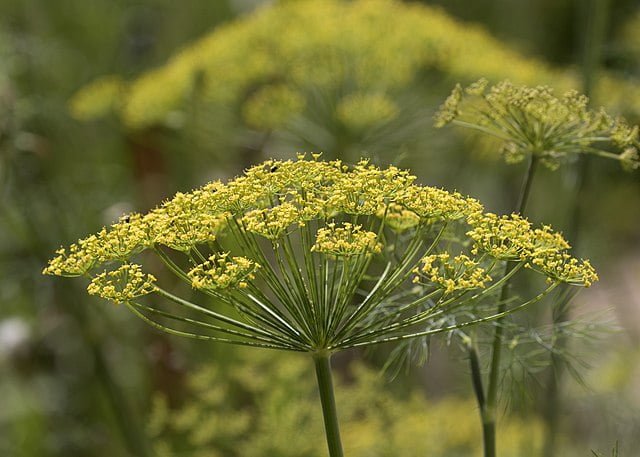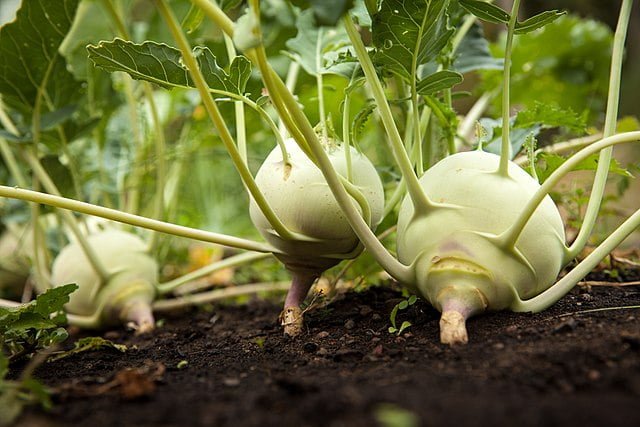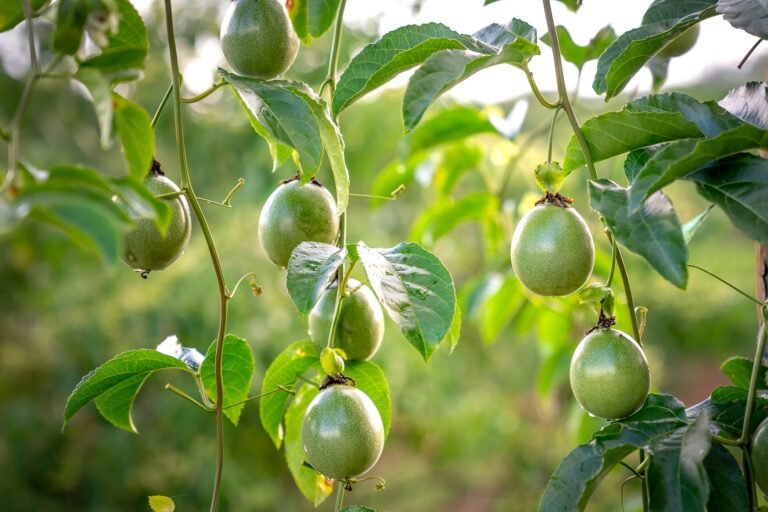Cultivating Caraway: A Gardener’s Guide to Growing and Using Caraway
Caraway (Carum carvi), known for its distinct aromatic seeds that have graced kitchens and apothecaries for centuries, is a biennial herb native to Europe, Asia, and Africa. Its seeds are a staple in bread, soups, and desserts, while the leaves and roots are also edible, offering a complex flavour profile to various dishes. Beyond its culinary prowess, caraway boasts a range of medicinal benefits, making it a valuable addition to any garden. This guide will provide you with the knowledge to successfully cultivate, harvest, and utilize caraway in your garden.
What is Caraway?
Caraway, with its delicate, feathery leaves and umbrella-like white to pink flowers, reaches up to 2 feet in height. It is primarily grown for its seeds, which have a warm, sweet, and slightly peppery taste. Caraway seeds are often used in rye bread, sauerkraut, and a variety of traditional dishes across Europe and Asia.
How to Grow Caraway
Planting Caraway
- Timing: Caraway is best sown directly into the garden in late spring or early summer. In areas with a long growing season, you can also plant in the fall for an early start the following spring.
- Soil and Site: Choose a sunny spot with well-draining soil. Caraway prefers a soil pH of 6.0 to 7.5. Amend the planting area with compost to enrich the soil.
- Sowing: Plant seeds 1/2 inch deep, spacing them 2 inches apart. Thin seedlings to 8 inches apart once they are a few inches tall. Caraway seeds germinate in 1-2 weeks under optimal conditions.
Caring for Caraway Plants
- Watering: Water caraway plants regularly, allowing the soil to dry slightly between waterings. Consistent moisture is crucial, especially during dry periods.
- Feeding: Apply a balanced organic fertilizer in the spring of the second year to support flowering and seed production.
- Weeding: Keep the area around caraway plants free from weeds, which can compete for nutrients and water.
Harvesting Caraway
- Harvest Time: Caraway seeds are ready to harvest in late summer of the second year when the seed heads have matured and turned brown.
- Harvesting Seeds: Cut the seed heads and place them in a paper bag to catch seeds as they dry. Hang the bags in a warm, dry place. Once dry, shake the seed heads inside the bag to release the seeds.
- Storing: Store caraway seeds in an airtight container in a cool, dark place. They can retain their flavour for several years if stored properly.
Culinary and Medicinal Uses
- Culinary Uses: Caraway seeds are renowned for their use in bread, cakes, and savoury dishes. The leaves can be used in salads and soups for a mild flavour, while the roots can be cooked similar to parsnips or carrots.
- Medicinal Benefits: Caraway has been traditionally used to aid digestion, relieve bloating, and reduce gas. Its essential oils are thought to have antispasmodic and antimicrobial properties.
Final Thoughts
Growing caraway can be a rewarding experience, providing you with a fresh supply of aromatic seeds, leaves, and roots to enhance your culinary creations. With its minimal care requirements and wide range of uses, caraway is a versatile herb that belongs in every gardener’s repertoire. By following this guide, you can enjoy the rich flavours and health benefits of homegrown caraway, from seed to harvest.

